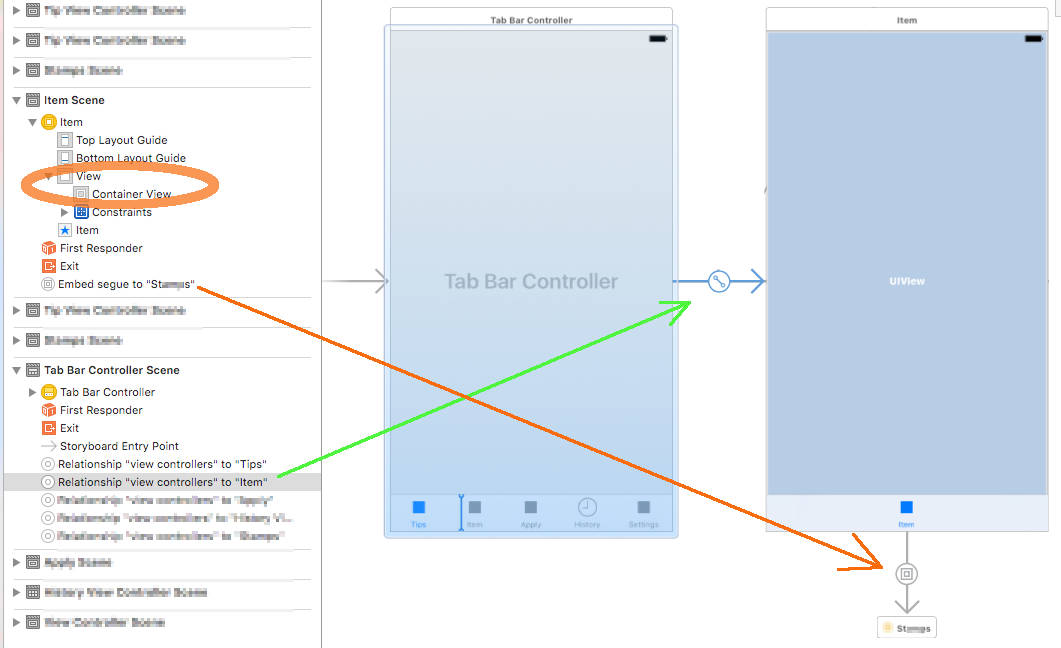There is one new control in Xcode7 beta named as Storyboard Reference. Below is its image.

It has its description as
Provides a placeholder for a view controller in an external storyboard. Segues connected to this placeholder will instantiate the referenced view controller at runtime.
So the questions are
- In which situations should we use this?
- Is this used to connect two storyboard's view controllers via segue?
- Is this approach used to replace VC of another storyboard programatically?
- Will it work on older iOS version(before iOS 9)?



